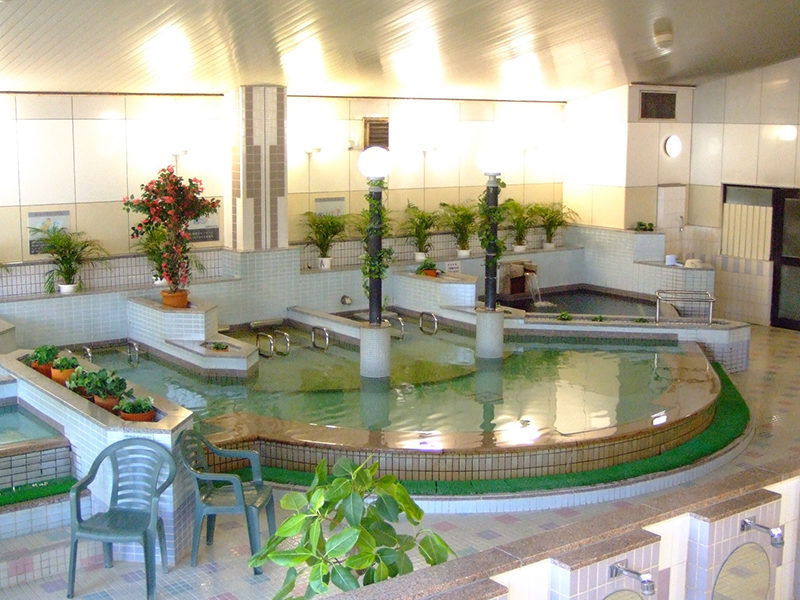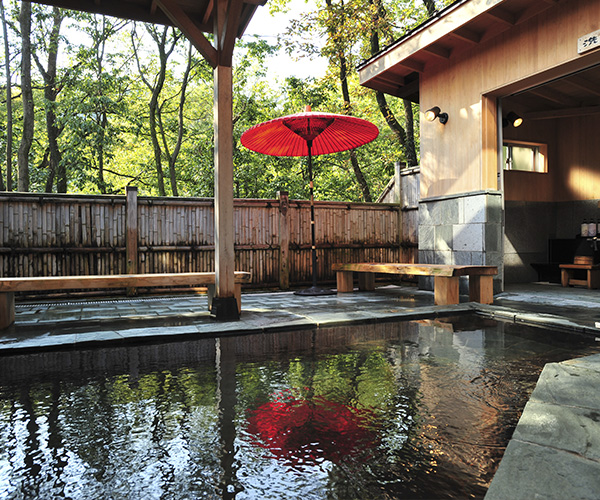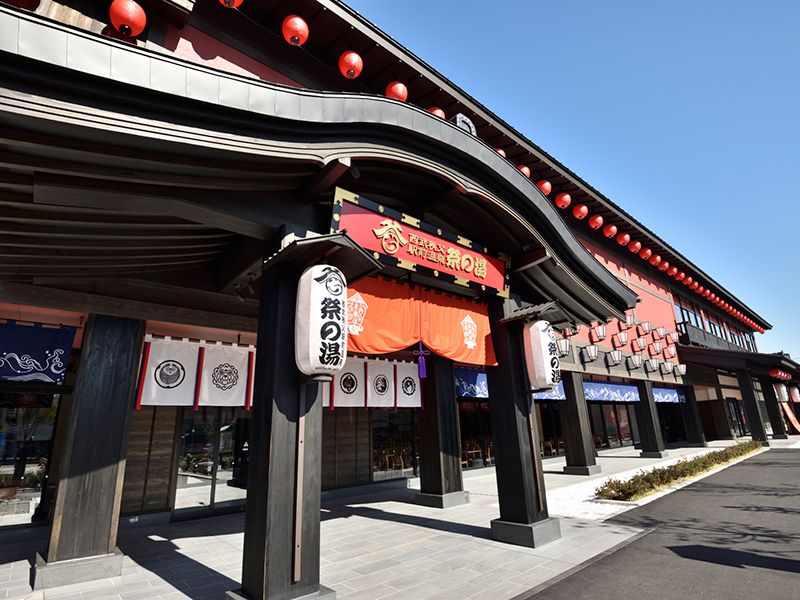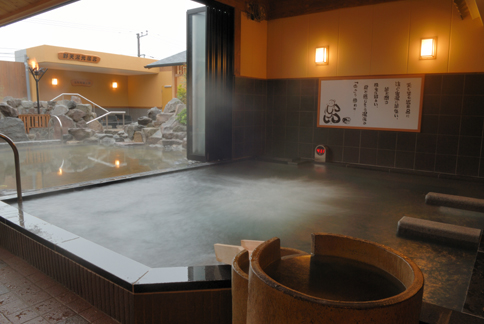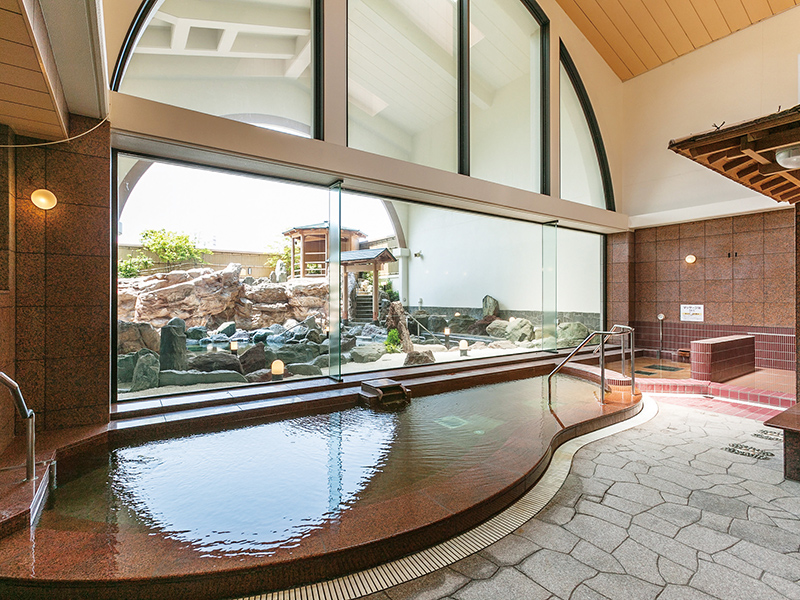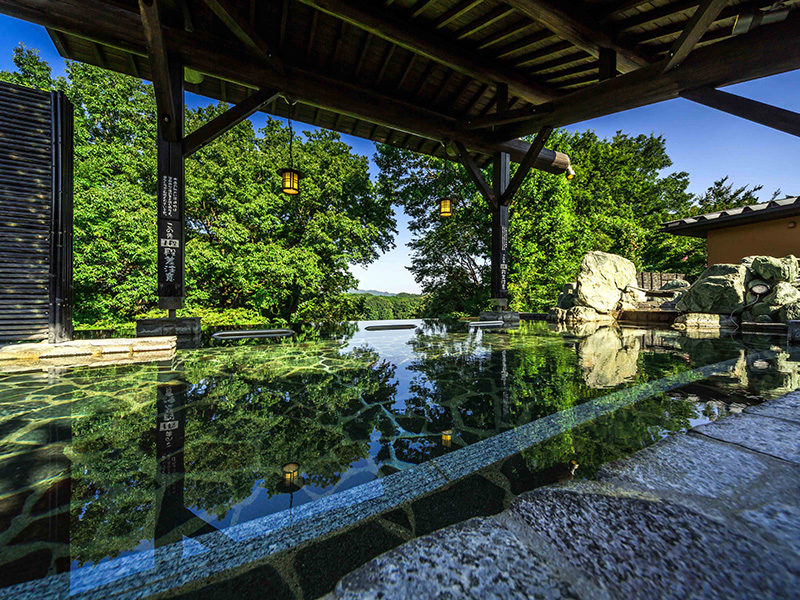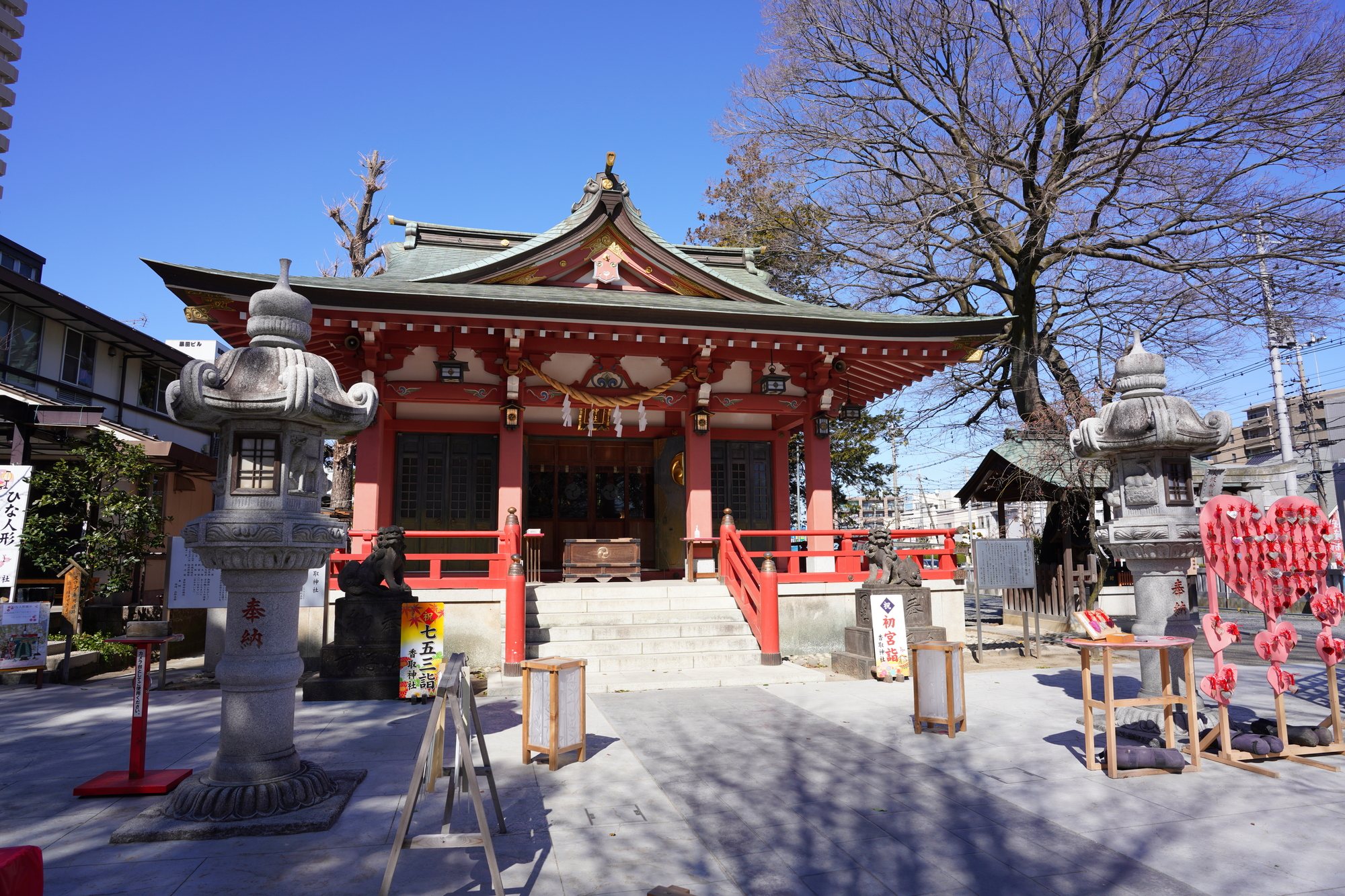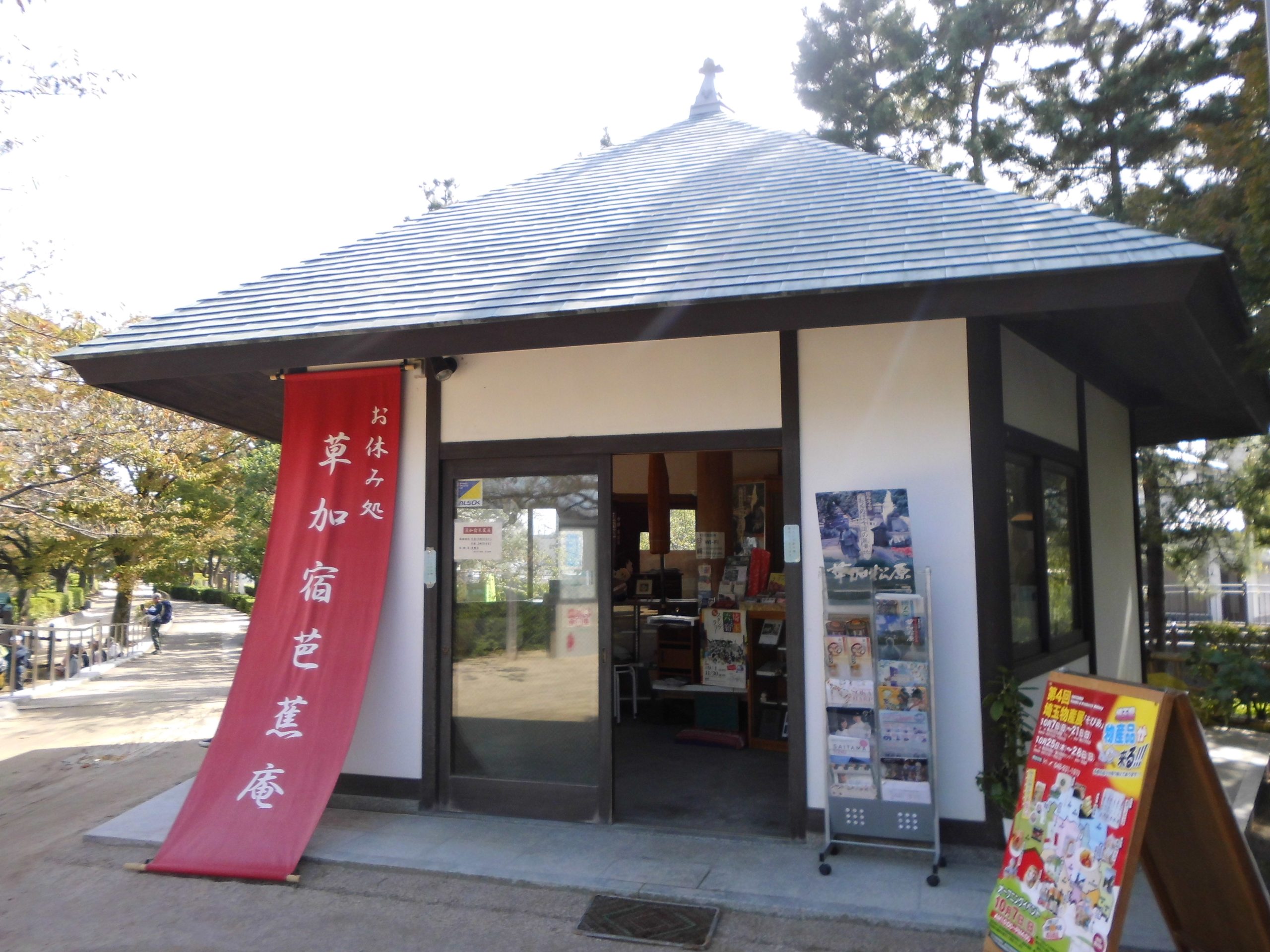Koshigaya Natural Hot Spring Bijin-no-yu Yunohana
sightseeing
This black water (kuro-yu) hot spring, distinct to the Kanto area, is located along the National Route 4 bypass. In addition to the hot spring baths flowing directly from the source, you can enjoy jet baths, salt saunas, high-temperature saunas, medicated baths and utaseyu (striking water baths).
Basic Information
Location
Saitama Prefecture Koshigaya Ōmamachi 3-61-1
TEL
048-985-4126
FAX
048-985-4127
Home page
Facilities
■Sauna ■Restaurant ■Relaxation
Business hours / Fee
Business hours
10:00AM ~ 2:00AM (Saturdays are an exception with business hours being 10:00AM to 4 :00AM)
Regular holiday
No holidays
Fee
Adults 780 yen, Youth 340 yen (ages 4 to 11)
How to get there
Public transport
① Take the bus headed for Ue Hikone from Dokkyodaigakumae Station (Sōka-Matsubara) of theTobu Skytree Line and get off at Yakoubashi and it is a 1 minute walk
② A 15 minute walk from either Sōka Station or Dokkyodaigakumae Station (Sōka-Matsubara)
② A 15 minute walk from either Sōka Station or Dokkyodaigakumae Station (Sōka-Matsubara)
Parking
150 cars
Universal design
Stairs with handrail
〇


